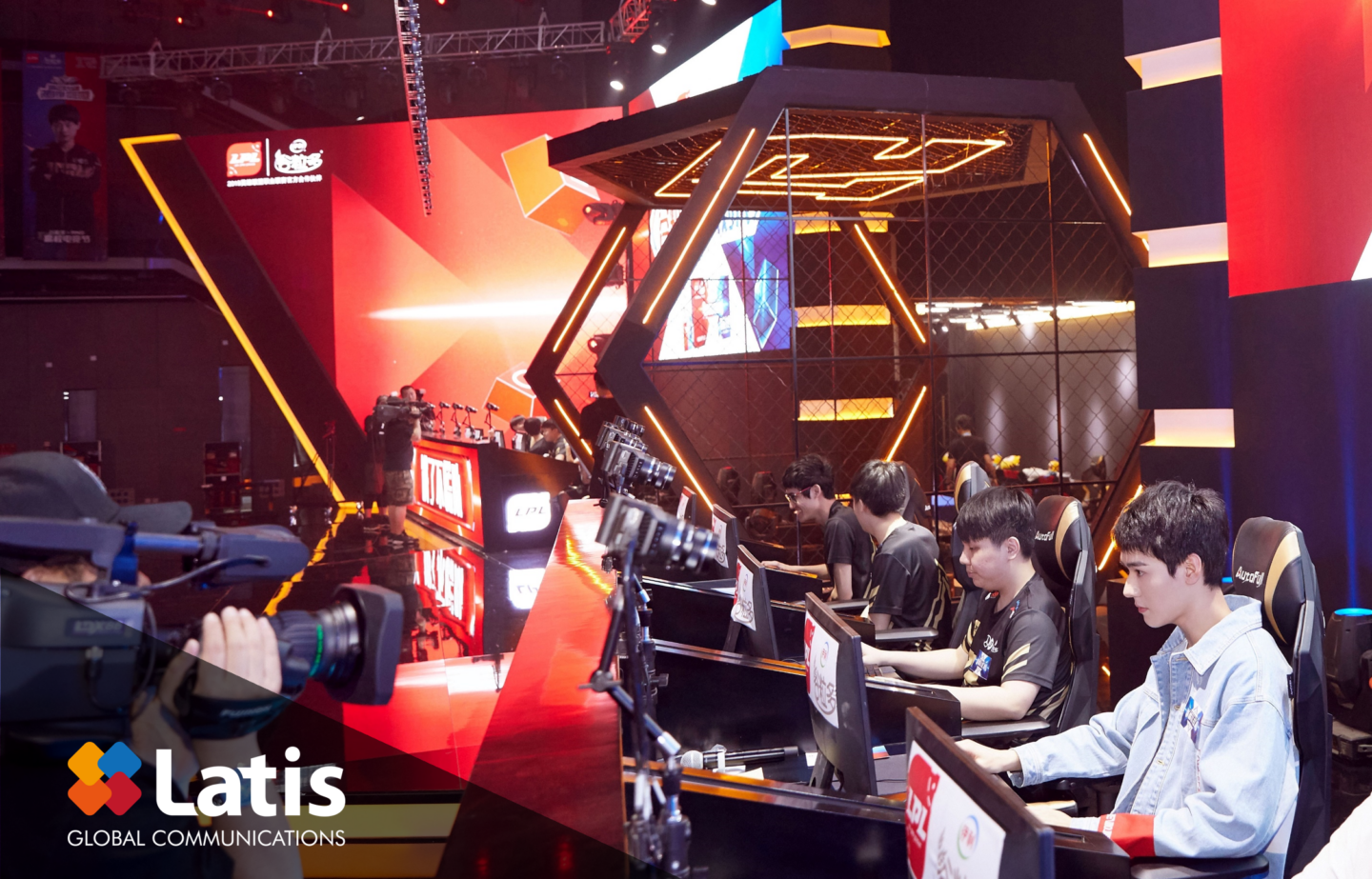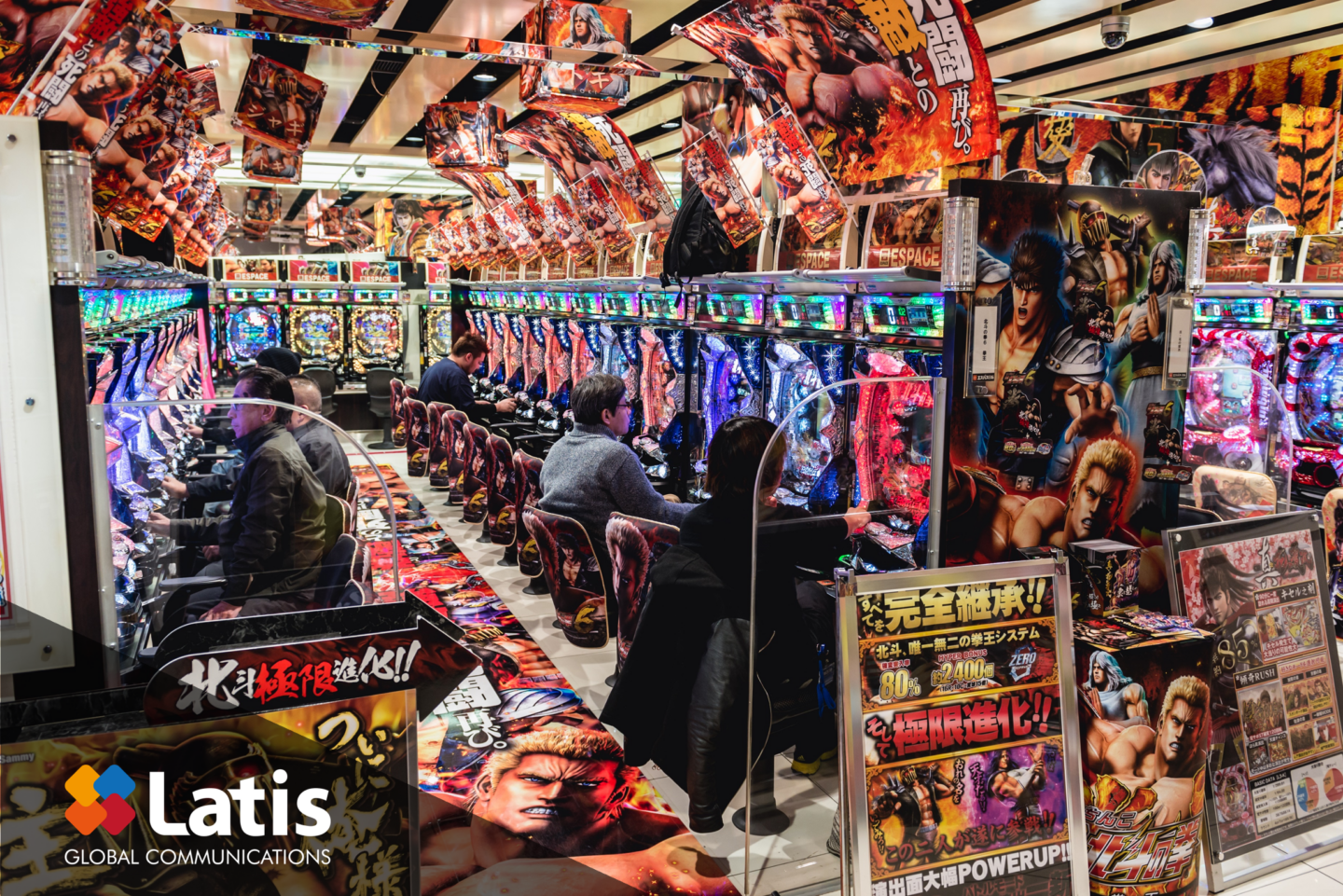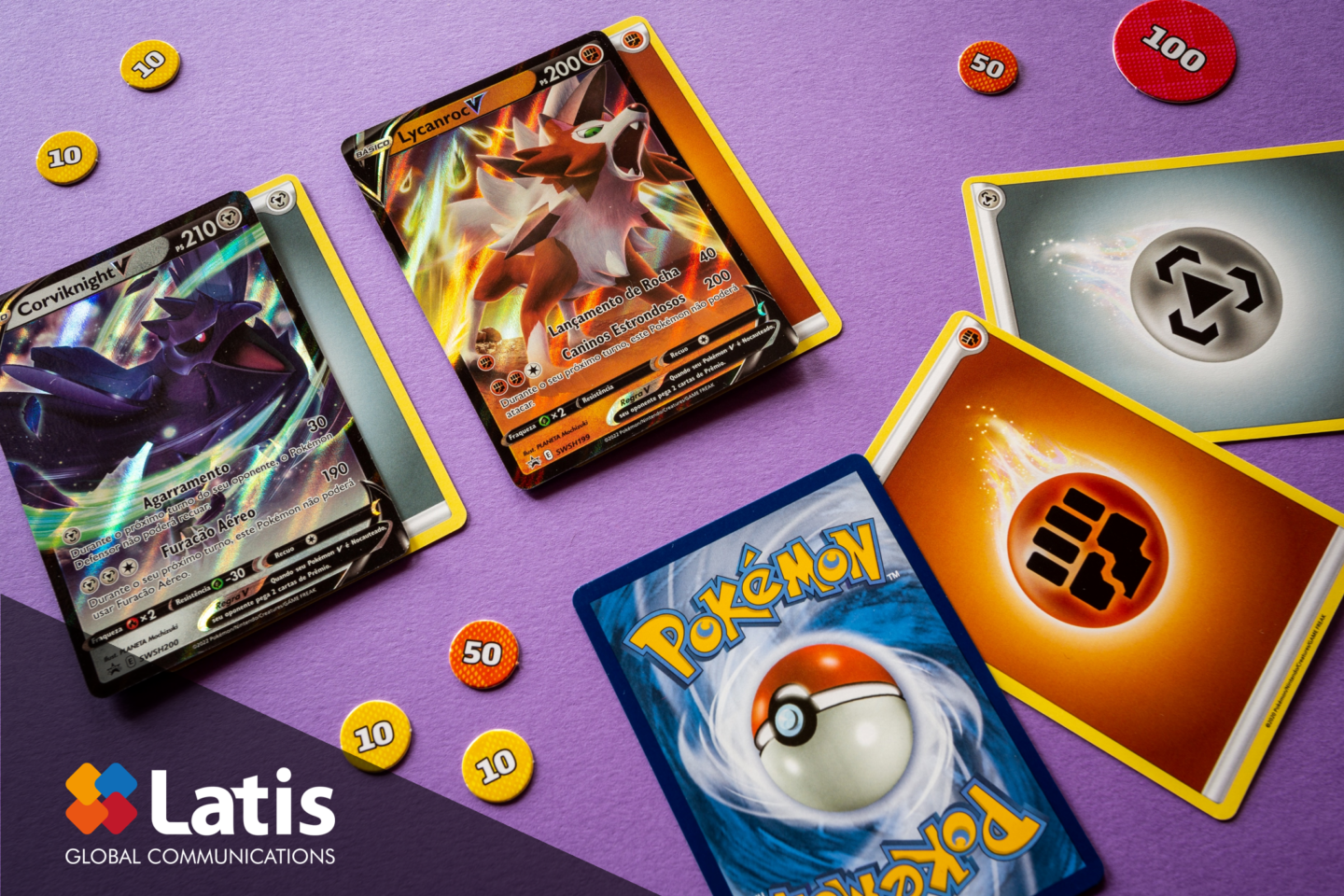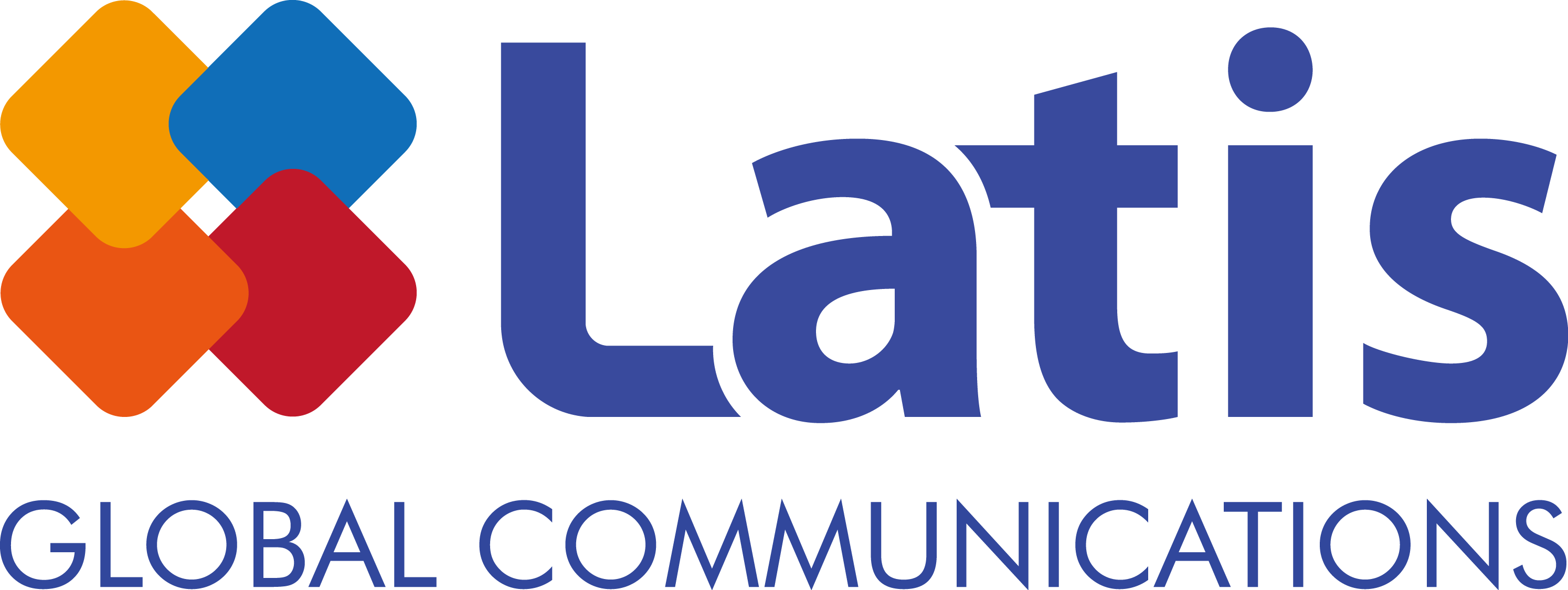
By checking the recent statistics of smartphone users published by Newzoo, there are 953.55 million users in China, 83.03 million users in Japan, and 49.89 million users in Korea, more than two-thirds of each country’s total population. The mobile gaming sector, which is showing high growth in the gaming industry, is expected to continue to outpace the PC gaming sector as well as the console gaming sector in 2023.
The Asian gaming market generates one of the highest revenues in the world, and it is evident from the fact that the largest gaming market in the world is the United States, followed by China, Japan, and Korea. Today, we will look into the characteristics of mobile gamers in each of these Asian countries, as well as share tips for overseas expansion to the Asian gaming market.
Characteristics of the Asian Mobile Gaming Market and Popular Genres

[Chinese Mobile Gaming Market]
Currently, the Chinese mobile gaming market is almost saturated. With the passage of the Minor Protection Law against Game Addiction, it is hard to expect growth in China’s domestic game market. Moreover, as the policy for issuing the Chinese Game Version Number (版號), which also serves as a publishing license for new games in China, has become stricter, foreign publishers must spend a lot of time and effort in order to enter the Chinese market.
About 60% of the Chinese gaming market is dominated by large companies such as Tencent Games and NetEase Games. Although many startups are also emerging, most of them choose to develop their companies by targeting the global market rather than the Chinese domestic market. Since the Chinese gaming market is highly competitive, with supply exceeding demand, it would be wise to thoroughly research which genres are popular in China as well as the characteristics of Chinese gamers before entering the market.

[Japanese Mobile Gaming Market]
The Japanese mobile gaming market tends to prefer thoroughly localized games more than other regions. To release games in the Japanese market, it would be ideal if high-quality products were produced through a rigorous localization process, including high-quality translation, LQA testing, Japanese dubbing, etc. Also, Japanese players are known for their preference for strategy, puzzle, and simulation games.

[Korean Mobile Gaming Market]
In South Korea, the 4th largest gaming market in the world, the distribution rate of mobile devices is about 97% as of the first half of 2022. Millennials and Gen Xers, who have the highest demand for games, have close to a 100% distribution rate of mobile devices and a high preference for mobile games. In addition, Korean gamers tend to prefer games in the puzzle, action, arcade, and role-playing genres.


[Southeast Asian Mobile Gaming Market]
Southeast Asia is a newly emerging mobile gaming market. Since its user group is mainly concentrated on the younger generation under the age of 30, it is also one of regions with the most potential. As one of the areas where puzzle games are gaining popularity, female gamers show preference towards this genre, while male gamers have a high interest in Esports.
[Reference: Report on the Mobile Gaming Market in Asia 2023]https://www.researchandmarkets.com/reports/5531089/mobile-gaming-in-asia-by-technology-platform

Localization Challenges for the Expansion to the Asian Gaming Market
In order to attract local players in Asia, game localization is fundamentally essential. Due to the unique characteristics of each language, the following processes are required to improve the translation quality: review by native speakers, LQA testing, and localization. Besides overcoming the challenging difficulty of text translation, preventing misunderstandings due to cultural differences and optimizing game design should also be considered.
Chinese gamers like their traditional cultural elements, while Japanese gamers prefer games that can be easily played during commute times and are sensitive to the latest trends. Korean gamers have more interest in fancy illustrations and tend to be attracted to characters that clearly express the distinct Korean cultural identity. Regarding Southeast Asian gamers, it is essential to pay close attention to their feedback, as they are religiously sensitive to specific content.
Before launching new games, it is also important to consider the interests of gamers in the targeted regions when planning a marketing campaign. Especially in China and South Korea, hosting events that K-pop artists attend would bring more effective results than expected, as K-pop is popular among young people. In the Japanese gaming market, the animation IP should be traditionally used for effective marketing. As for Southeast Asia, where Esports are extremely popular, it would be beneficial to host offline Esports matches to promote games efficiently.
To sum up, a thorough analysis of the local culture and its gamers is required to successfully enter the Asian gaming market. Differentiating the playability of the games to be serviced, securing distinct identities, and raising the satisfaction of the targeted users through a thorough localization process is fundamental for a successful overseas expansion. For any further questions regarding game localization and overseas expansion, please feel free to contact us.
TEL: +82 -70-8270-8500 | Email: contact@latisglobal.com

